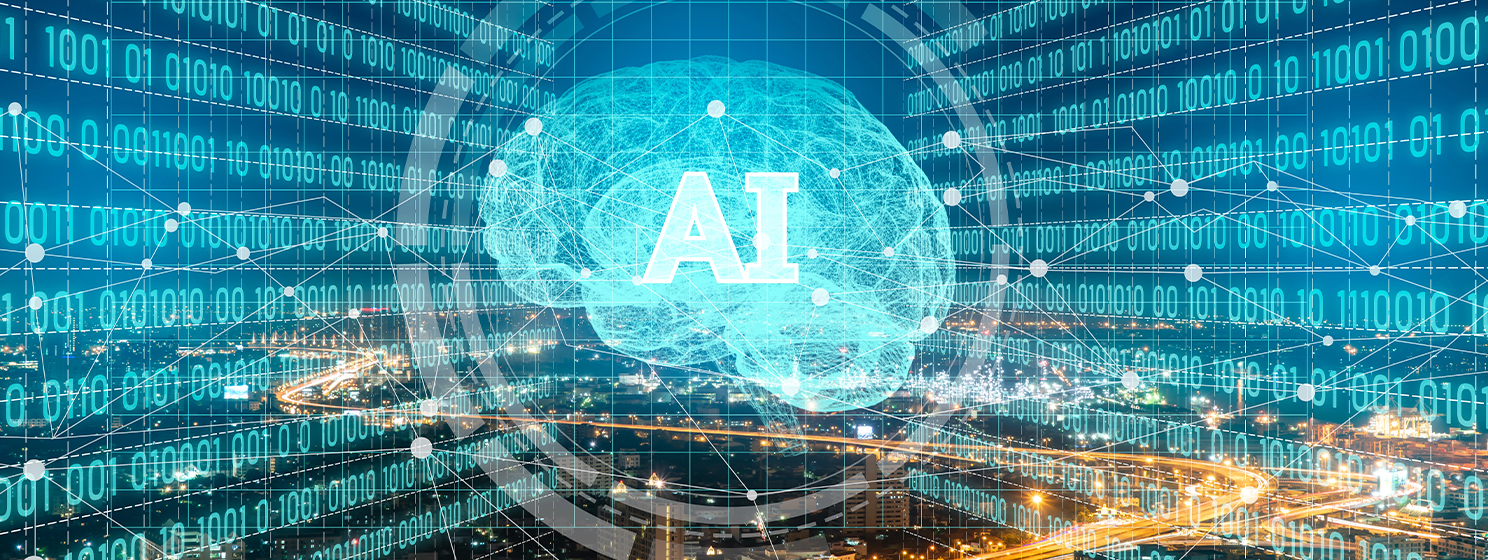|
Getting your Trinity Audio player ready...
|
Leaders from JPMorgan, Mastercard, FIS Global, and Tassat recently shared their thoughts on using blockchain and digital currencies for payments.
Payments are one of the best use-cases for blockchain; the payments use-case for blockchain technologies and digital currencies is even alluded to in the title of the Bitcoin whitepaper, “Bitcoin: A Peer-to-Peer Electronic Cash System,” and Satoshi references an electronic payments system five times throughout the whitepaper.
At the “Faster. Cheaper. Leaner. Why Payments Giants are Looking to Blockchain Rails” panel at Consensus 2021, speakers—including Christine Moy, executive director and global head of JPMorgan’s Liink Network, Block, and Onyx by JPMorgan; Raj Dhamodharan, executive vice president of Blockchain/Digital Asset Products & Partnerships at Mastercard; Ron Totaro, CEO of Tassat; and Micah Kershner from the Global eCommerce Business Development department at FIS Global—shared their insights regarding how their companies are approaching and implementing blockchain in regards to payments.
During the panel, it became clear that a few trends are emerging in the banking and finance industry around blockchain, here are a few highlights.
Blockchain rails can significantly reduce costs and settlement speed
Every participant that had experience with cross-border payments acknowledged that their company was interested in implementing a blockchain because it can reduce cross-border transaction settlement time—which is currently several days—to hours or even minutes.
Moy says this increase in efficiency is possible because with a blockchain, companies no longer have to send the actual collateral back and forth which can take days to settle, but instead, can send tokenized versions of that collateral, which has lower transaction fees associated with their transfer and much faster payment settlement times.
Consumers aren’t interested in blockchain payment rails
The benefits of using a blockchain as a payment rail are often clear for banks and financial service companies, but many wonder what those benefits would look like from an end-user perspective.
According to Dhamodharan, from a consumer perspective, you won’t feel the impact of a blockchain rail in the same way that banks do, and therefore, consumers do not have the same interest in using a blockchain as a payment rail.
“Consumers aren’t looking to spend in stable coins or crypto,” said Dhamodharan, “They are really just thinking what is the best, trusted, most secure way to transact and go about their lives, and what [payment] option gives them the best choice considering the instruments available to them.”
What Dhamodharan says has historically been true. Ever since Laszlo Hanyecz paid 11,000 BTC for 2 Papa John’s pizzas, consumers have been hesitant to use their digital assets in commerce. Nobody wants to be the person who spent their digital assets on a perishable good or service only to have that digital asset increase in value to the point where the $20 they spent ends up being worth millions of dollars years or months later.
Blockchain is complementary, not a replacement
And one of the final themes within the panel was that using blockchain as a payment rail, as well as transaction services built on top of a blockchain protocol, should be viewed as complementary to the existing financial system and not a replacement to the system.
According to Moy, JPMorgan is “Building [blockchain] systems on existing systems and building new infrastructure as well,” and blockchain is something that made new business models and opportunities possible but should be seen as complementary to the systems that exist.
In other words, for the time being, you can expect traditional banking and financial services to co-exist with emerging blockchain services. Legacy institutions are keen on the benefits that blockchain technology can provide, especially in the sense of using blockchain and digital assets for payments, however, none of the companies on the panel claimed that blockchain is ready to overtake traditional banking and finance or that traditional banking and finance was ready to part ways with the platforms, systems, and models that they have historically used.
See also: CoinGeek Live panel, Better Payments: Improving the Consumer Experience with Bitcoin

 07-18-2025
07-18-2025 





